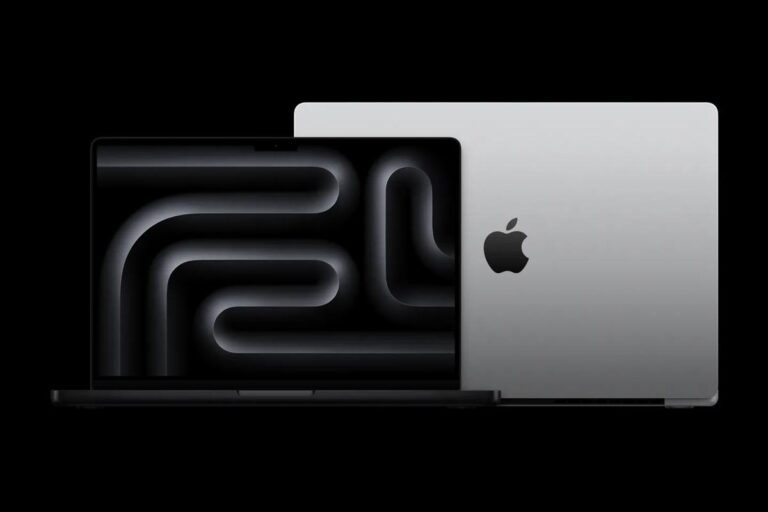The world of design is evolving rapidly, with technological innovations constantly reshaping industries, from architecture and fashion to industrial manufacturing and even healthcare. Among the most disruptive technologies of recent years, 3D printing has emerged as a powerful tool in the design landscape. Once considered a futuristic concept, 3D printing has become an integral part of the design process, revolutionizing how products, prototypes, and entire systems are conceived, developed, and realized. In this article, we explore five key reasons why 3D printing is shaping the future of design and why it’s poised to continue transforming industries worldwide.
1. Unmatched Creative Freedom
One of the most exciting aspects of 3D printing is the creative freedom it offers to designers. Traditional manufacturing methods, such as injection molding, casting, or CNC machining, often come with significant limitations. These methods can impose restrictions on the complexity of shapes and the materials used. However, 3D printing works by layering material based on a digital design, which allows for the creation of intricate and complex geometries that would be near impossible to achieve through traditional techniques.
This opens up new possibilities in product design, architecture, and engineering. Designers can experiment with forms that are more organic, geometric, or complex without being limited by molds or machinery constraints. The freedom to create custom, intricate shapes can lead to more aesthetically pleasing, functional, and innovative designs. This flexibility encourages experimentation and pushes the boundaries of traditional design thinking.
In the fashion industry, for example, designers have utilized 3D printing to create everything from intricate jewelry to wearable garments with avant-garde patterns. In architecture, 3D printing enables the creation of bespoke buildings, sculptures, and structures that would have been prohibitively expensive or structurally impossible with conventional techniques. The freedom to think beyond traditional limitations of material and process gives designers the ability to explore new ideas and push the boundaries of creativity.
2. Rapid Prototyping and Iteration
Time is a critical factor in design, particularly in fast-paced industries where product development must move quickly from concept to prototype to production. Traditional prototyping methods often involve lengthy processes and significant costs, especially when multiple iterations are required. In contrast, 3D printing enables rapid prototyping, allowing designers to create functional prototypes in a fraction of the time and at a much lower cost.
With 3D printing, designers can quickly create and test prototypes, make adjustments, and test new ideas without the need for costly molds or tooling. This iterative process accelerates the development timeline, reduces the risk of errors in the final product, and ultimately results in a more refined, high-quality design. Additionally, because prototypes can be produced in-house rather than outsourced to third-party manufacturers, designers can experiment more freely and frequently.
This speed and cost-effectiveness make 3D printing particularly useful for industries that rely on frequent innovation, such as the automotive, consumer electronics, and healthcare sectors. For example, in the automotive industry, car manufacturers can rapidly prototype and test parts, while in healthcare, 3D printing is being used to create custom prosthetics and implants tailored to the unique anatomy of individual patients.
3. Customization and Personalization
Customization is another area where 3D printing is revolutionizing design. Unlike traditional mass production methods, which often rely on standardized molds and assembly lines, 3D printing allows for the creation of highly customized products tailored to specific needs and preferences. Whether it’s a product designed to fit a person’s body precisely or a unique one-off design for a specific application, 3D printing can accommodate a level of customization that traditional manufacturing simply cannot.
This is particularly evident in industries such as fashion, jewelry, and healthcare, where consumer demand for personalization is rising. In fashion, for instance, 3D printing allows designers to create made-to-measure garments or accessories that reflect individual tastes and body types. Consumers can now choose from a wide range of design options or even submit their own designs, making the fashion industry more inclusive and personalized.
In healthcare, 3D printing has enabled the creation of personalized medical devices and prosthetics. Patients can receive custom-fitted prosthetic limbs or dental implants based on 3D scans of their bodies, ensuring a better fit, comfort, and functionality. Personalized medicine is on the rise, and 3D printing is playing a key role in creating customized solutions for everything from implants to surgical tools, advancing the move towards patient-centric healthcare.
4. Sustainability and Reduced Waste
As sustainability becomes an increasingly important factor in design and manufacturing, 3D printing is emerging as a more eco-friendly alternative to traditional production methods. Conventional manufacturing processes, such as injection molding or casting, often involve significant material waste, either in the form of excess raw material or through inefficient machining processes. 3D printing, on the other hand, is an additive manufacturing process, meaning it only uses the exact amount of material needed to create an object, greatly reducing waste.
Moreover, 3D printing enables the use of recycled or biodegradable materials, which further contributes to its environmental appeal. Many companies are now experimenting with sustainable materials, such as recycled plastics, biodegradable resins, and even materials made from organic matter like algae or waste products. By utilizing these sustainable materials, 3D printing has the potential to reduce the environmental impact of manufacturing and promote more sustainable production practices.
The ability to produce products on demand, rather than relying on mass production and stockpiling inventory, also helps to reduce waste in the supply chain. Since 3D printing can be done locally and on-demand, it eliminates the need for extensive shipping and storage, reducing carbon footprints associated with transportation. This local production model can help streamline supply chains and reduce the environmental cost of long-distance manufacturing and distribution.
5. Democratization of Design
In the past, creating complex designs and prototypes required expensive equipment and specialized expertise, often limiting the ability of smaller designers, startups, or individual creators to enter the market. 3D printing has democratized design by making the tools for creating prototypes and final products more accessible and affordable. With the rise of desktop 3D printers and open-source design software, anyone with the right skills and creativity can bring their ideas to life without needing to invest in expensive manufacturing infrastructure.
This democratization has opened up new avenues for innovation and entrepreneurship. Independent designers and small businesses can now compete with large corporations by using 3D printing to develop unique products without the need for large-scale production facilities. For example, individuals can design and sell custom jewelry, art, or home decor items using 3D printing, which has allowed many small businesses to thrive and offer personalized products at competitive prices.
Moreover, 3D printing has the potential to foster greater collaboration between designers and consumers. With digital files being easily shareable, consumers can directly influence product designs by customizing existing templates or collaborating with designers on new concepts. This creates a more inclusive design process where consumer feedback and preferences play a direct role in shaping products.












